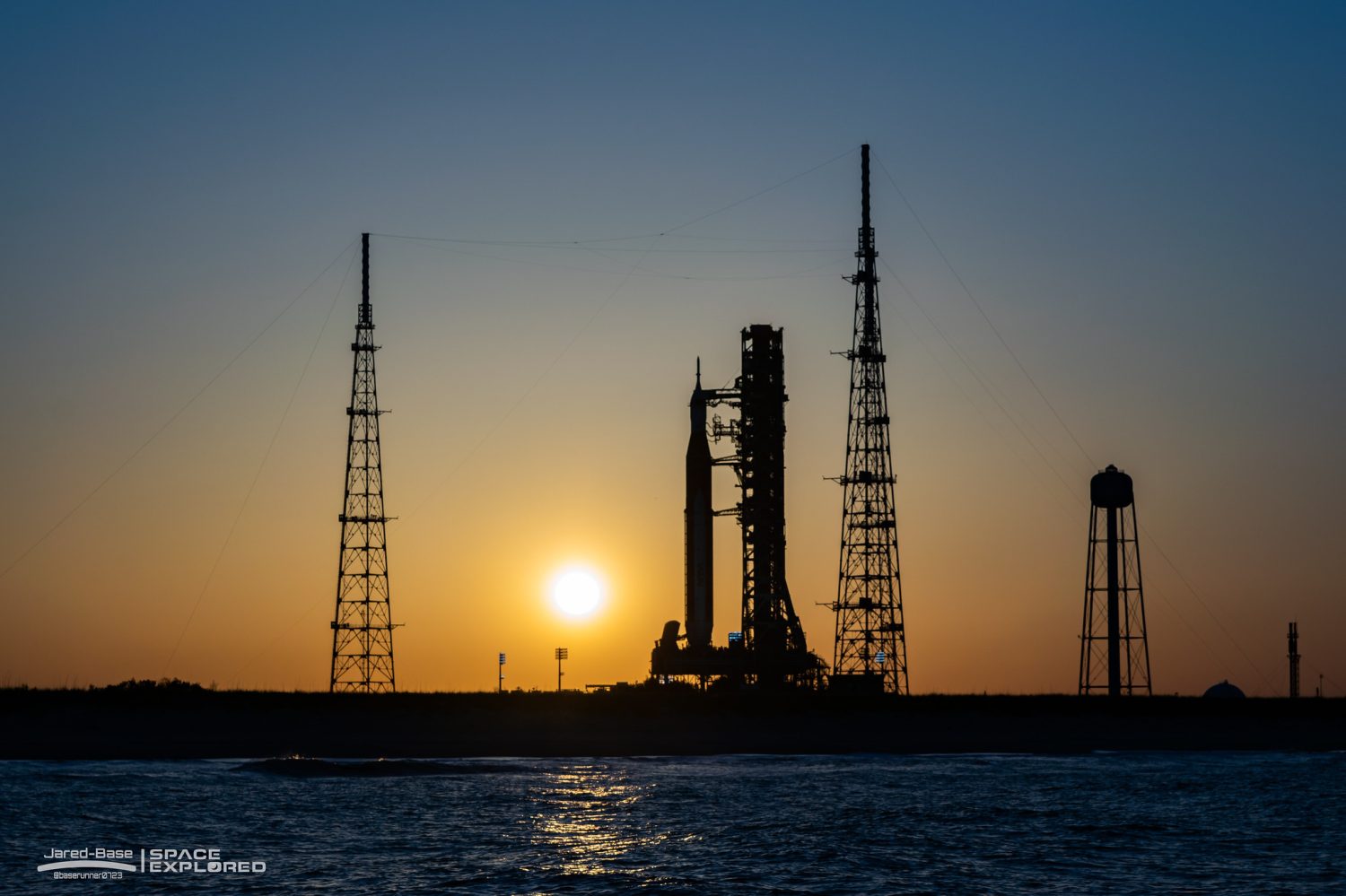
NASA’s ‘Moon to Mars’ Artemis program is proceeding as planned on a micro level. Engineers are completing a fueling trial run of the Space Launch System rocket ahead of its trip around the Moon later this fall. On a macro level, however, a new report details how bigger picture plans for Artemis may not be progressing as planned…
Moon to Mars
NASA’s Artemis program starts with three key missions. The first is an uncrewed mission to test the SLS rocket and Orion spacecraft during a lunar flyby before adding crew to a similar mission if all goes well. The second crewed Artemis mission will see the first woman and person of color walk on the surface of the Moon. This milestone mission will mark the first return to the Moon since Apollo 17 in 1972.
An unrealistic yet enthusiastic plan by the previous presidential administration aimed to complete the first three Artemis missions by 2024. Updated realities and a new administration in the White House no longer view boots on the Moon in two years as possible, but NASA’s Artemis program pushes onward.
Ultimately, NASA wants to take its experience with returning to the Moon and establishing a presence beyond Low Earth Orbit and plan out its first crewed mission to Mars. So how’s the bigger picture planning for Artemis going?
Artemis mission plans
Space reporter Eric Berger at Ars Technica has the scoop on NASA’s internal Moon mission planning. The report includes a leaked schedule of the first eleven Artemis missions on three different tracks: baseline (goals), cadence (when a mission can be conducted), and content (when cargo is ready). NASA wants to launch SLS annually and plans to start by 2027, although this isn’t reflected in either of its schedules revised for external factors.

While NASA’s public facing timeline commits to the baseline schedule, Berger highlights a number of key issues presented with its revised schedules that are based on budget and readiness.
First, Ars reports that NASA is considering an Artemis 3.5 mission that would shrink a three year gap between missions in 2026 and 2029. NASA’s baseline plans call for three SLS Block 1 orders with the more capable SLS Block 1B starting with Artemis 4.
Such a mission would require purchasing a fourth interim upper stage beyond what is already planned. NASA’s goal to fly annually is based on costs associated with the hardware the it incurs whether or not a mission is conducted.
What the rest of the two revised timelines tell us is that NASA’s plans for building out a lunar orbiting station called Gateway could be two years behind the baseline schedule – slipping from 2027 to 2029. The same is true for developing a base on the Moon, which is key to NASA’s sustainability plans that differentiate Artemis from Apollo.

The best case scenario timeline sees this step of the Artemis program starting a decade from now. Internally, NASA is looking at two alternative timelines that add two years to the first step in sustainable lunar presence from happening.
Read the full report from Ars Technica for a deeper dive. The key takeaway is that more funding from Congress to NASA is required to give the most optimistic timeline a chance of being achievable. The risk of mission milestones extending beyond a decade is that the likelihood of cancellation increases as goals appear less tangible.
FTC: We use income earning auto affiliate links. More.


Comments